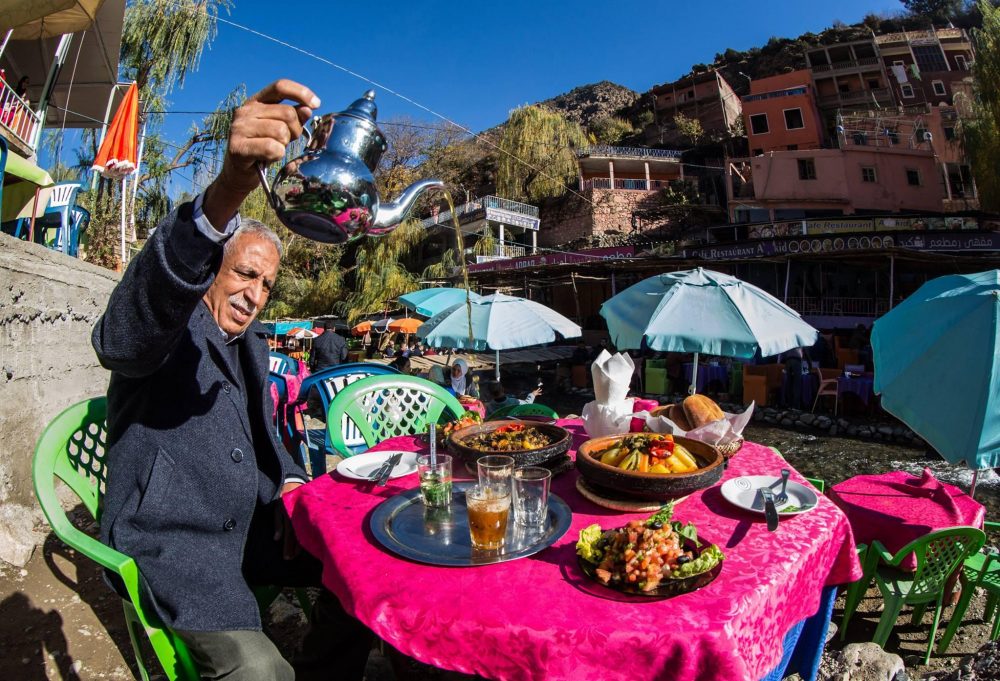
North Africa’s Herbal Tea
Across North Africa, sweet, richly herbal and robustly aromatic mint tea is the go-to drink from breakfast until dark. Making it is a simple—but revered—ritual that can involve straining and pouring it into glasses three or more times before serving. But the real art is in the pouring itself—from a height of at least several feet is preferred. To make—and pour from whatever height you are comfortable with—in a tea pot with a strainer or a French press, combine 4 teaspoons gunpowder green tea, 4 teaspoons sugar (North Africans frequently use more, but we liked ours a bit less sweet) and 1 ounce fresh mint sprigs. Add 1½ cups boiling water, steep for 5 minutes, swirling occasionally to dissolve the sugar, then strain into glasses.
How to Make 37 Dumplings at Once
Homemade dumplings are beloved but laborious Eastern European tradition, something prepared only for special occasions, perhaps 200 at a time. But while reading Bonnie Frumkin Morales' “Kachka” cookbook recently, we came upon a tool that streamlines the dumpling-making process: the pelmenitsa. Popular in Russian and Ukrainian cooking, this circular metal mold has 37 honeycomb-shaped slots perfect for forming pelmeni, or meat-filled dumplings. To use the pelmenitsa, drape rolled-out dough over the scalloped side of the mold, then place filling within each hole. Drape more dough over the mold, then flour the top layer and use a rolling pin to press the dough layers together, sealing the dumplings. Shake the mold to release 37 pristine hexagonal dumplings.
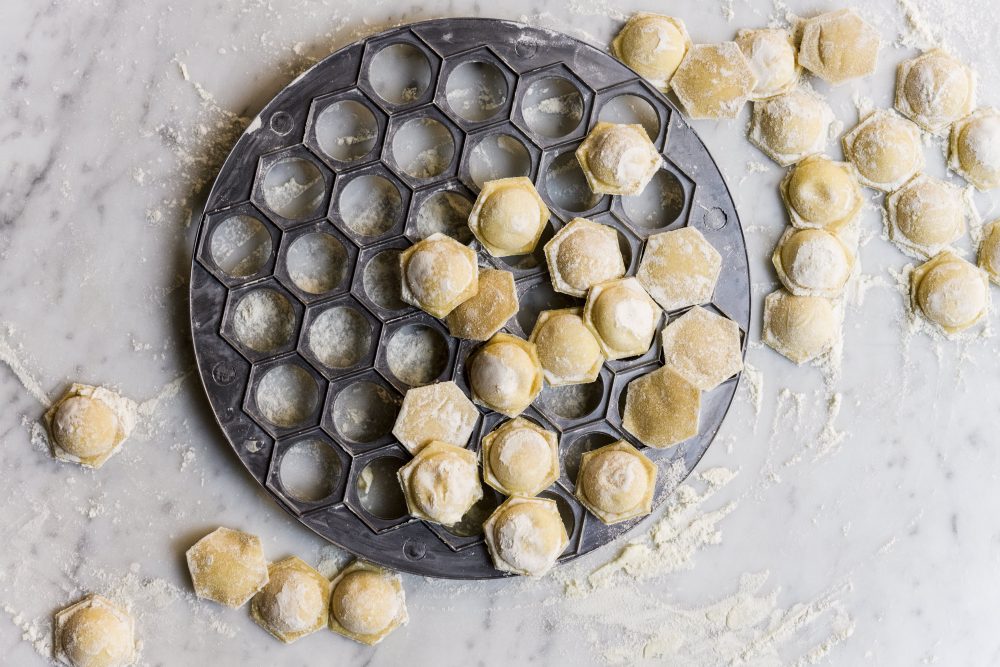
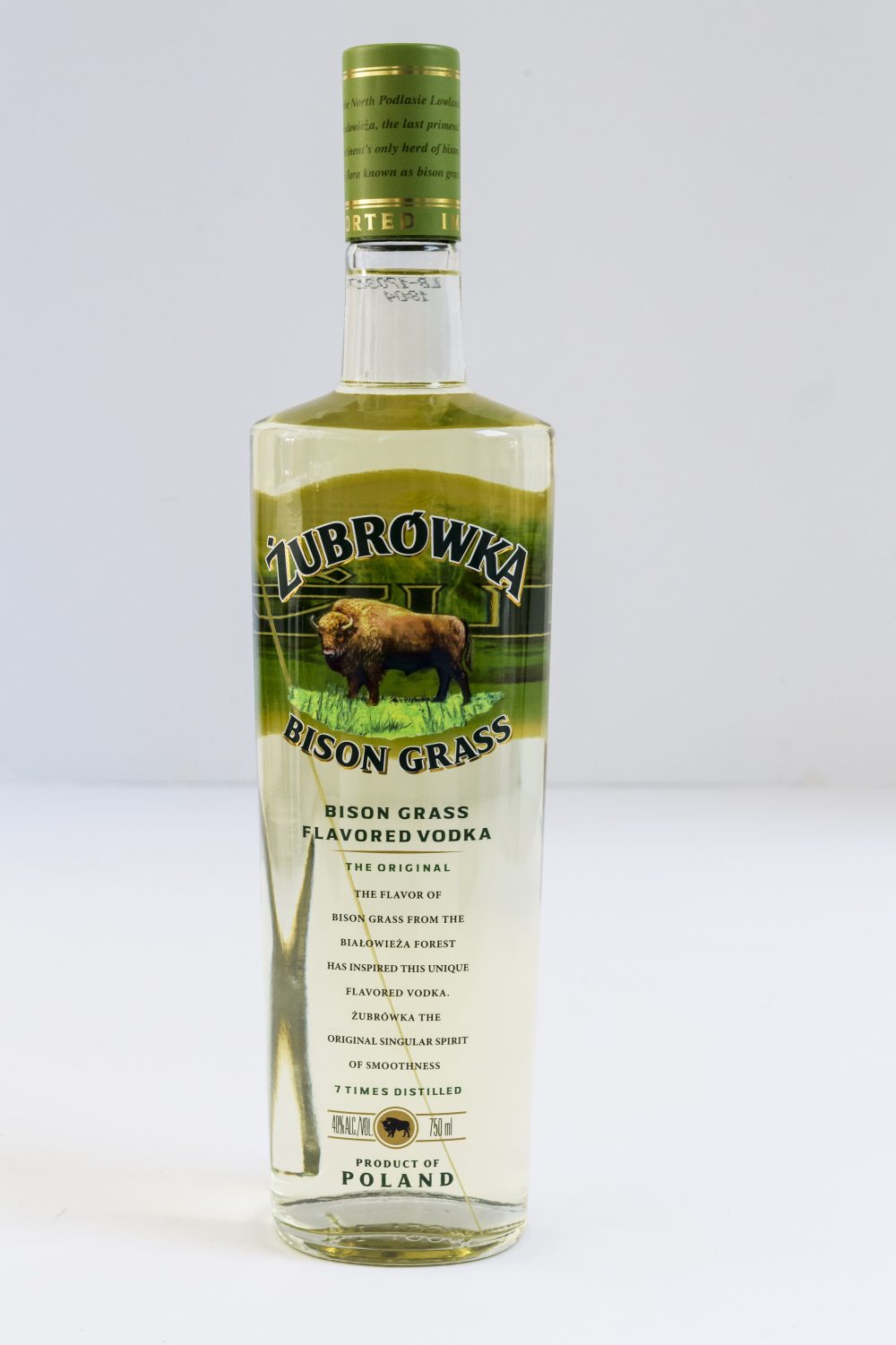
Poland’s Bison Grass Vodka
While in Warsaw, we tasted numerous high-grade flavored vodkas, including varieties infused with quince, espresso and horseradish. Unlike in the U.S., where flavored vodkas are cheap swill, in Poland they are a centuries-old tradition. And our easy favorite was bison grass vodka. Żubrówka (zu-BROV-ka) vodka is made with rye and infused with dried bison grass from the Białoweża Forest, on Poland's northeastern border, where a quarter of the world's European bison roam. The grass gives the vodka a faint green-amber color, as well as flavor and fragrance that Somerset Maugham once described as “freshly mown hay and spring flowers, of thyme and lavender.” Though the FDA banned Żubrówka between 1978 and 2010 for containing coumarin, a naturally occurring blood thinner, Żubrówka's distiller created an herb-driven version that approximates the flavor of the authentic Polish stuff. We found some at our local Russian market for about $25. Each bottle contains a single blade of bison grass.
Chouriço Butter from Portgual
At Belcanto—José Avillez' elegant Lisbon eatery—bread service is elevated by a trio of simple compound butters, including one made with the ash of charred fresh rosemary. Our favorite was the smoky-savory chouriço butter—a blend of creamy smooth butter and Portugal's signature paprika-rich cured sausage (similar to Spanish chorizo). To make your own, in a food processor process 3 ounces chopped room temperature Spanish dry-cured chorizo or Portugese dry-cured chouriço until finely chopped, about 1-minute. Add 8 tablespoons (1 stick) softened salted butter, then process for 30 seconds. Press the butter through a fine mesh strainer. Serve immediately or refrigerate for 15 minutes to firm slightly. And don't toss the bits of meat left in the strainer. Briefly crisp them in a skillet over medium, then scatter over the butter to serve or sprinkle over a salad, sautéed greens or steamed vegetables.
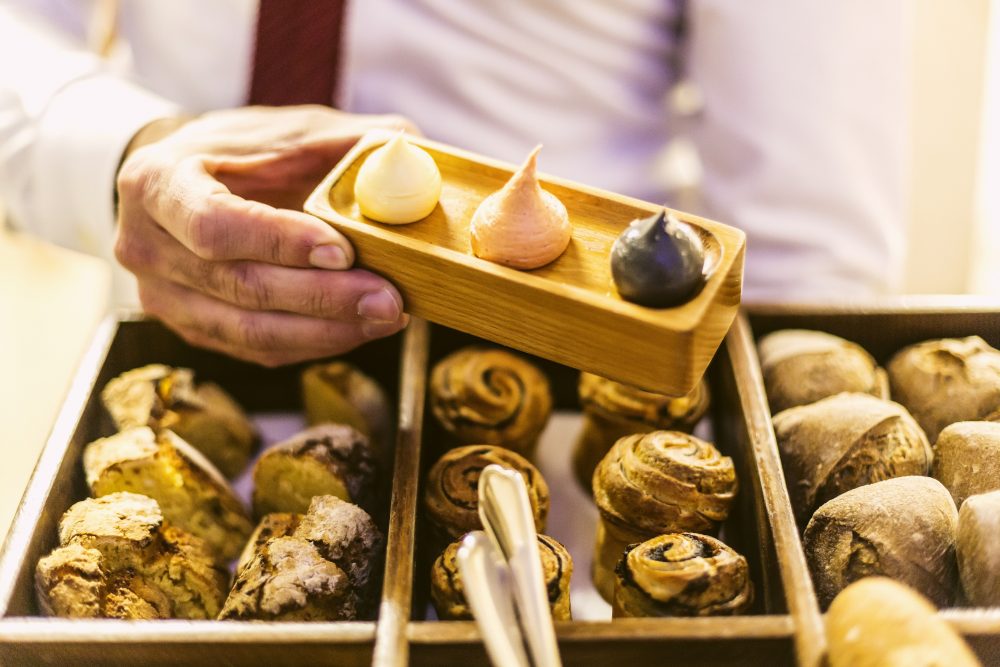
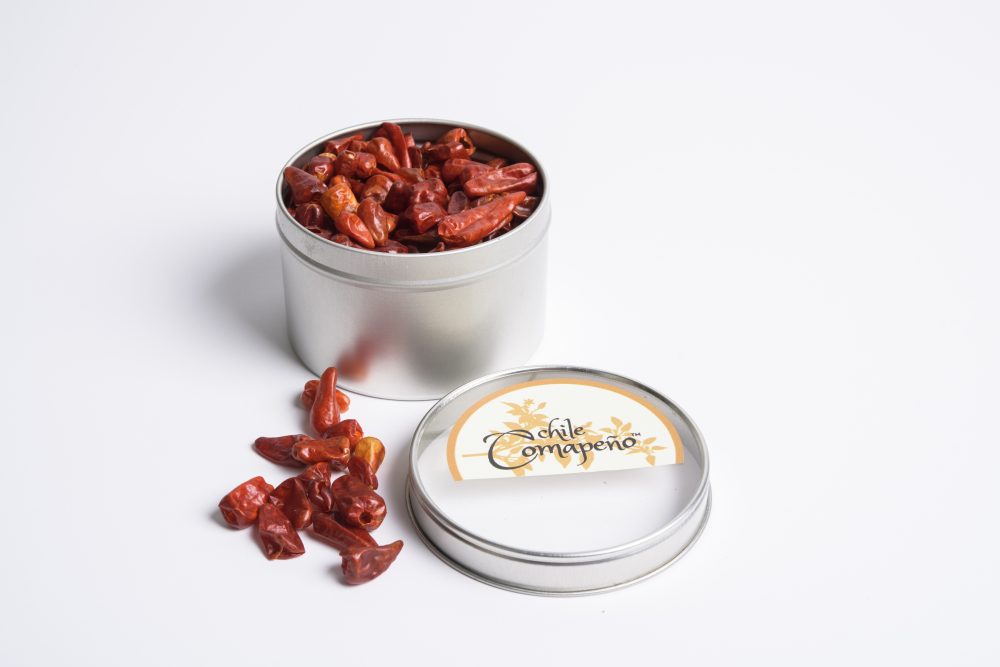
Mexico’s Cloud Forest Chilies
We may know poblanos, arbol, guajillo and ancho chilies best, but that's only the start. Mexico—where chili peppers originated—has more than 170 different varieties. We (improbably) discovered the rare Mexican comapeño at a farmer's market in Baltimore. Harvested in the cloud forests of Veracruz, these peanut-sized, thin-skinned, sunset-orange peppers have a nutty, robust flavor—the product of growing alongside coffee shrubs, palm trees and macadamia nuts. They're milder than habeneros, but their heat shows up in the back of your throat, not in the eyes or nose. To use the whole peppers, dry-toast them in a skillet, then grind, chop or crush them and use as you would chili flakes to add spice to salsa, slaws, mayonnaise and seafood. We also liked toasting the comapeños in grapeseed oil, then drizzling the chili oil over eggs and stirring it into soups and bean dishes. A 1½-ounce tin of whole dried peppers sells for $15 at comapeno.com; a jar of crushed comapeño flakes in oil sells for $16.
Q: “How much do oven racks vary in heat temperature? If I use the bottom rack, will it be 30°F hotter than if I use the middle rack? Is there a standard variation between shelves? Between gas and electric?” — Cynthia Deli, Fairlawn, Ohio
Oven temperature can vary widely depending on rack height, heat source, even front to back. This creates hotspots, the real culprit in unevenly cooked or burned food. While oven thermometers can help manage this, it's best to invest a little time familiarizing yourself with your oven's nuances. In general, gas ovens have the greatest disparities because the heating cycle of the flame is less consistent than an electric coil, which also distributes heat more evenly. In gas ovens, the top and back tend to be hotter than the bottom and front, sometimes varying by more than 20 percent. In electric, the difference usually is between 5 to 15 percent. To test what this meant for cooking, we baked sugar cookies—12 cookies per baking sheet to create a grid to indicate hot spots—one at a time on each rack of the ovens at Milk Street. The cookies baked on the top suffered from the worst hot spots, browning too much too quickly. Cookies baked on the bottom were unevenly cooked, some browning too much, others needing more time. Those in the middle cooked most evenly, though even they suffered from some hotspots. To manage this in your own oven, first do a few test batches of cookies to identify hotspots. Second, keeping those spots in mind, always rotate food during baking front to back and top to bottom (if cooking on multiple racks) to even out the effects. Third, always heat the oven for at least 30 minutes for as even heating as possible. Finally, never trust baking times; they will never be perfectly accurate for your oven. Check early and often.



